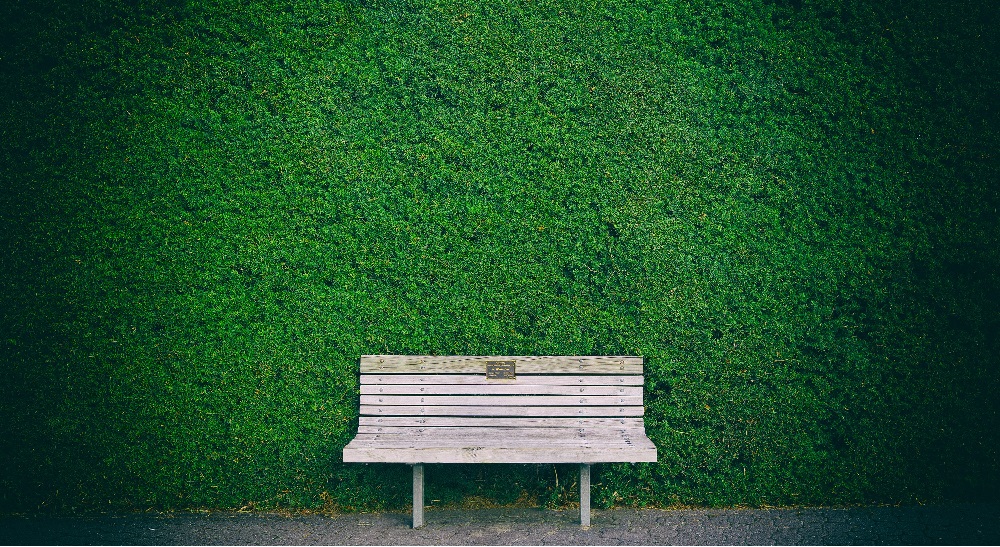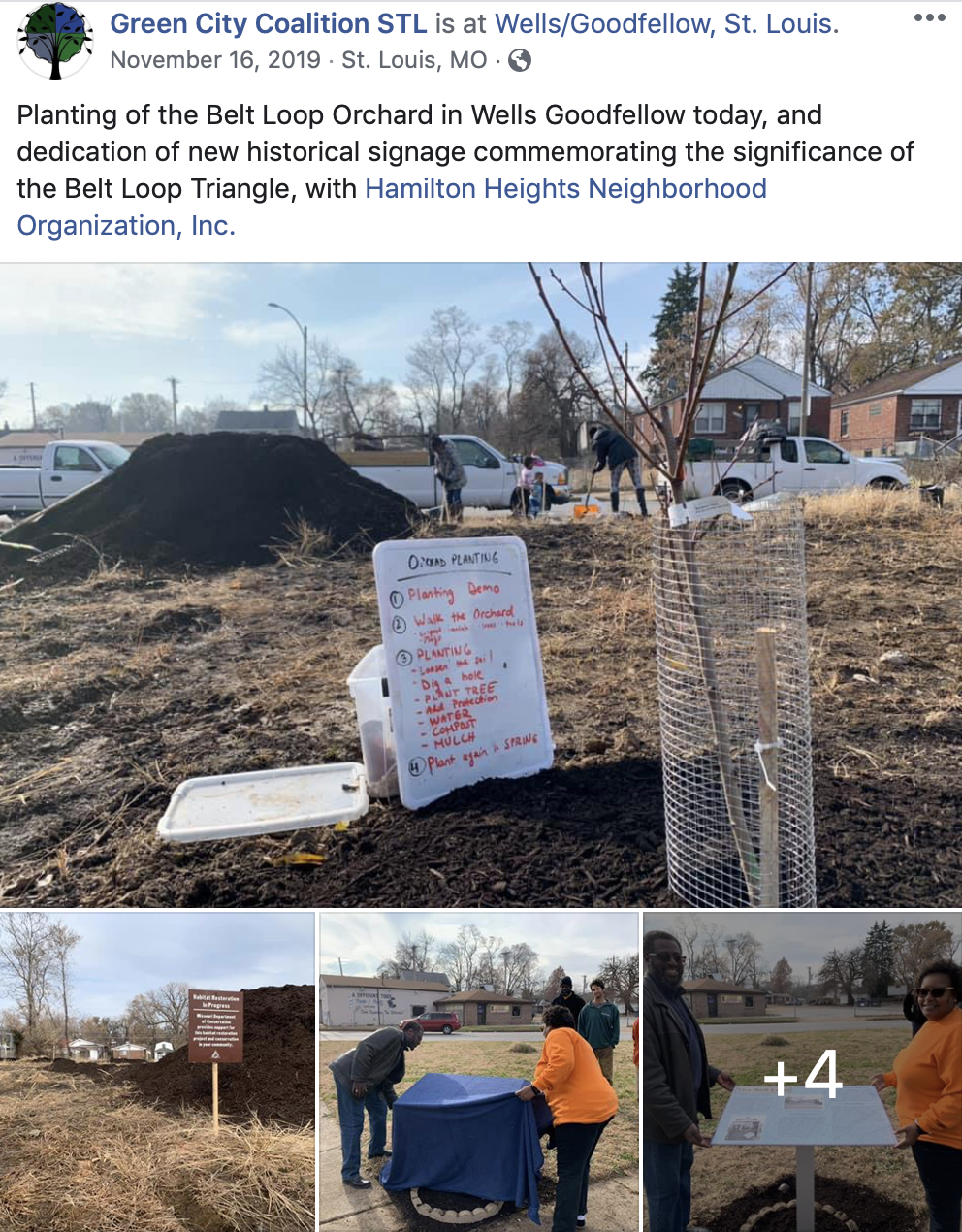
How Green Spaces Improve Community Health (And How to Cultivate More of Them)
As landscape architects, we’re obviously huge fans of green spaces and find them therapeutic to be in ourselves.
So we weren’t really surprised to learn that there are studies to show that green spaces can significantly improve the health of our communities. Those health benefits extend to both physical and mental health – almost everyone will get some kind of benefit from being out in green spaces.
We took a look at a few recent studies, as well as some insights into how communities might integrate more green spaces:
Get the bonus content: 5 Tips for Engaging the Community Around Green Spaces
Green spaces and mental health
Intuitively, we just tend to know that green spaces make us feel better emotionally, but studies have found that exposure to green spaces can actually reduce the risk of developing psychiatric disorders, both during adolescence and adulthood.
A large study was conducted in Denmark and published in the Proceedings of the National Academy of Sciences. The researchers found that childhood exposure to green spaces, including forestlands, parks, rural lands and more, reduces the risk for developing an array of psychiatric disorders as they get older.
The study looked at over 1 million Danes, tracking their residential green space exposure and how that correlated with mental health outcomes. Scientists found on the flip side that residents who grew up with the least exposure to green space had as much as “a 55% increased risk of developing psychiatric disorders such as depression, anxiety, and substance abuse in later years.”
This means that “exposure to green space is comparable to parental age and family history when predicting mental health outcomes.” The only stronger factor is socioeconomic status. The areas of mental health that green spaces most strongly protect against are mood disorders, depression, neurotic behavior and stress-related issues.
Other studies have called for “an urgent global need for accessible and cost-effective pro-mental health infrastructure.” Health systems across the world (and certainly here in the United States) are often overburdened by trying to manage mental health issues – many simply haven’t responded accordingly.
Incorporating more green spaces into urban areas is a great step to help promote better mental health and in the scheme of things, is a solution that is relatively simple to execute. “Individuals have less mental distress, less anxiety and depression, greater wellbeing and healthier cortisol profiles when living in urban areas with more greenspace compared with less greenspace,” reports a BJPsych International study. Further, “characteristics of nature environments can promote affordances both for acute positive psychological experiences and for physical activity that in turn promotes well-being.”
Green spaces and physical health
There are a number of different areas of physical health that have been explored in relation to access to and use of green spaces. To begin with, overall mortality has been found to be lower where people have more green space exposure. A longitudinal study published in The Lancet examined many different studies on the subject and reached that conclusion:
“We found evidence of an inverse association between surrounding greenness and all-cause mortality. Interventions to increase and manage green spaces should therefore be considered as a strategic public health intervention.”
How do green spaces impact physical health specifically? For one thing, they can provide essential shade and cooling in urban environments. Many cities encounter “heat island” effects, especially where a lot of the surfaces reflect heat. Green spaces help to cool the area and provide some relief from that effect.
Secondly, green spaces can promote cleaner air. Through photosynthesis, plants and trees clean the air, taking in carbon dioxide and breathing out oxygen. (As a side note on that, despite popular opinion, it’s almost impossible to get that effect through buying a lot of houseplants. Recent studies show you’d need a ridiculous number of plants to make any difference to the air in your house.)
A third physical health benefit to green spaces is that they encourage people to exercise. People enjoy strolling through parks and gardens, while many cities are incorporating infrastructure such as trails or bike paths to encourage more activity.
Of course, there’s also a known association between improved mental health and improved physical health. For example, being in nature can lower stress levels which in turn can reduce physical symptoms of stress. Issues such as high blood pressure can lead to other health conditions, so overall, green spaces are a win-win.
Exposure to green spaces promotes a range of physical health benefits Click To TweetHow to encourage more green spaces
If you’re a city planner, parks and rec manager or even developer of planned communities, you’ve probably heard the calls for more green spaces in our urban environments. The term “green space” means different things to different people; city employees will usually think of parks for example, whereas to other people, green spaces might simply be anywhere you can squeeze in more trees and plantings.
To that end, there are many initiatives both large and small that can encourage more green spaces. Here are just a few ideas:
- Community gardens. There are many areas in which residents would love to be able to grow their own fruits, vegetables or other plants but simply don’t have their own space. Community gardens can provide a solution to encourage people to green up a space, potentially even improving an area that would otherwise be blighted. Community gardens are run under different formats depending on the area. Some are simply volunteer-run green spaces that welcome anyone in the community to participate or enjoy the space, others are run as “rental plots,” where people pay to use the space to grow their own gardens. Community gardens can bring social and health benefits to communities. They bring people together and, as an added bonus, gardening is good for your health too! The City of Gainesville, Florida, has several community garden initiatives. One of those, the Grove Street Neighborhood Community Garden, is shown below:

- Transform abandoned or blighted areas. Many cities in the United States have rundown, abandoned areas that, with some work, would be suitable as community green spaces. St. Louis, Missouri, is one example, where the Green City Coalition is transforming vacant lots into green spaces to promote healthier, more resilient communities. Their projects are another great example of bringing members of the community together – even school students are getting involved with planning and working on green spaces in their neighborhoods.

- Pedestrian and bicycle promenades. A good example of this comes from Memphis, Tennessee, where the National Street former trolley line left a wide median running down the middle of the road. That median had been used as a thoroughfare for cars, but residents envisioned its potential as a community connector and green space. Heights Line is a project that is still in progress, but aims to transform the space, improving safety and generally making the area more attractive in the process. It is also set to provide an urban connection between two greenways.

Get the bonus content: 5 Tips for Engaging the Community Around Green Spaces
Final thoughts
To us, it makes total sense that green spaces are associated with better overall physical and mental health, but it’s nice that science confirms this. Large chunks of the country have been urbanized over the decades and these tend to be prime areas that could benefit from greening.
As more communities demand it, cities tend to be looking for different ways to incorporate these green spaces. We’ve seen that community engagement can be a key to success – there are now many groups around the country spearheading this work for their communities.
Jerry Pate Design is here to help with your community green space projects. We serve Florida, Alabama, Georgia and Mississippi – contact us here to find out what we can do to help.